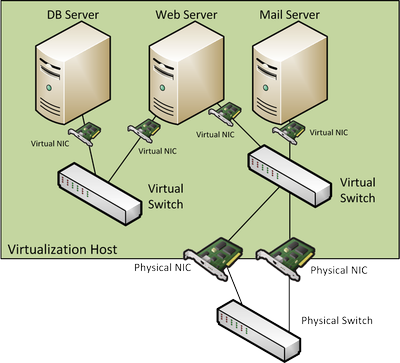The packet analysts “self check”
One thing all members of our packet analysis team do every once in a while is to check what their own laptop/PC is doing on the network – meaning, that we just close all programs and run Wireshark to see what packets are still going in and out. If we’re in paranoid mode for some reason, we even grab a network TAP and an additional “known good” PC to capture the packets, just to make sure that no malware is hiding packets from us. Sometimes we also let some program run to see what it does while the user doesn’t do anything. And as my buddy and “trace connoisseur” Eddi (also, one of the most paranoid IT people I know ;)) always says: “You need to be able to explain each and every packet that goes in and out of your PC.”






Recent Comments